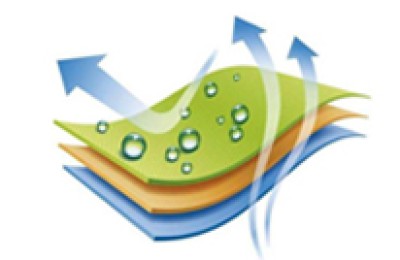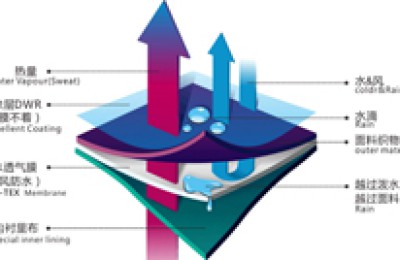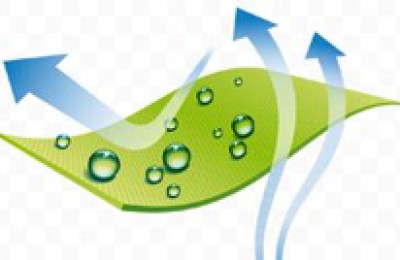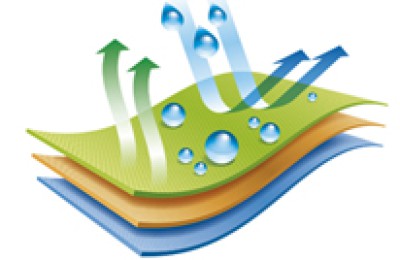
Real silk generally refers to silk, including mulberry silk, tussah silk, castor silk, cassava silk, etc., and is known as the “Queen of Fibers”.
Textile people usually consider the quality of silk from the following aspects:
1. Gram per square meter (g/m2) is the main unit of measurement for fabric texture. Silk is often expressed in mm (m/m). Moomi is a unit of weight, the abbreviation is mm, don’t misunderstand it as millimeters!
1 mmi = 4.3056 grams/square meter
However, the mmi number is not necessarily directly proportional to the quality of silk, so you can choose according to your needs.
The common silk fabrics are 8 mm, 12 mm, 16 mm, 19 mm, and 30 mm. In other words, the larger the number, the heavier the fabric, and the price of silk fabrics is It depends on the weight, so the bigger the Moomi is, the higher the price will generally be.
2. Silk content
SILK is silk, silk. The percentage behind indicates the amount of silk content. For example, SILK100% is an all-silk product
3. Conventional index defects, color fastness, etc.
Main types of silk fabrics
Plain crepe satin
Plain crepe satin: It is a conventional fabric among silk fabrics. The bright satin surface is very noble and has a smooth feel. Cool and dense in texture; this is the silk fabric in the minds of many people. The material used to make cheongsam has a smooth luster like pearls and bright colors!

This kind of fabric feels good in the hand, so it sells satin For clothes, buyer satisfaction is usually very high; this kind of fabric is easy to wrinkle, so it can perfectly show its luster after ironing it and smoothing it; satin is a very noble fabric, in fact, some designs use this kind of fabric. The fabric is really beautiful, noble and has a big-brand feel. Plain crepe satin is suitable for dresses, scarves, shirts, etc.

Stretch plain crepe satin
Similar to plain crepe satin is stretch satin. Compared with plain crepe satin, it has a certain degree of elasticity, is not easy to wrinkle, and is easy to care for, making up for the shortcomings of pure silk. Suitable for making scarves, cheongsam, etc. Elastic crepe satin: It is composed of 90%-95% mulberry silk and 5%-10% spandex. It is an interwoven fabric.

It is characterized by good elasticity, comfort, relatively small shrinkage and unique style. This is not 100% silk, other ingredients are added, the fabric is elastic and the drape is quite good. It depends on how much silk is involved. The greater the proportion of silk, the more satin-like the feel will be, and the more beautiful the luster will be.

Crepe de Chine
Crepe de Chine: It is a satin made of mulberry silk. Its characteristic is that the silk surface has two-way fine wrinkles, so it is called crepe. It is an important variety in China’s silk and satin production and export, accounting for more than 15% and 10% of the total silk production and export.

Due to its many features, good quality, and wide range of uses, crepe de chine is very popular and continues to sell well. Suitable for shirts, skirts, etc.

Power spinning
Power spinning is a mulberry silk raw silk fabric, woven with a plain weave. It is named after the use of factory silk and electric silk looms instead of earthen silk and wooden machine weaving. Such as: Hangzhou Fang (produced in Hangzhou). Shaofang (produced in Shaoxing), Hufang (produced in Huzhou), etc. The texture of electric textile is tight and clean, soft to the touch, soft in luster, and smooth and comfortable to wear.

The heavy ones are mainly used as summer shirts, skirt fabrics and children’s clothing fabrics; the medium ones can be used as clothing linings; the light ones can be used as petticoats, headscarves, etc. It is a high-grade fabric. Thin electric spinning can be used as the lining of wool, cashmere coats, silk dresses, etc., and slightly thicker ones can be used as shirts, dresses, etc.

Taffeta
Taffeta: a silk-like fabric woven from cooked silk. It has good gloss, is delicate and crisp, and feels like umbrella cloth. It is particularly easy to wrinkle and form permanent creases, so it is not suitable for folding and heavy pressing. It is often packaged in rolls. There are three types of taffeta: plain taffeta, striped taffeta and flowered taffeta. They are all traditional varieties of my country that are world-famous and are also specialty varieties of Suzhou and Hangzhou in my country.

Especially the taffeta produced by Suzhou Dongwu Silk Weaving Factory, collectively known as “King of Towers”. Suitable for umbrellas, skirts and shirts. It was really stiff before entering the water, but it was horrible after entering the water. Not suitable for beginner silk lovers, it is not an ordinary trouble to take care of. The production process of taffeta is complex, the output is not large, and it can only be supplied in limited quantities, which makes it even more valuable and difficult to produce.Wet it with your tongue. If it breaks easily at the moistened area, it means it is rayon, otherwise it is silk fabric. Listen for the grinding sound. Because the surface of silk is protected by sericin and is resistant to friction, dry silk fabrics will make a sound when they rub against each other, so it is called “Si Ming” or “Silk Ming”, while other chemical fiber products make no sound.
The best way to determine authenticity is to burn it, not to draw it into silk. It is best to burn a small piece, because in silk blending, one warp and one weft may not necessarily be 100% silk. Silk is flame retardant and will not cause open flames or smell. After burning, twist it with your hands and it will turn into powder. You can use 84 disinfectant to test. Silk will dissolve, but 84 will not work for silk and wool blends.
Tips
About fragrance: Generally speaking, fragrances include silk, oil silk, tussah silk, etc. Other silks don’t have that obvious scent.

About blending: silk wool blending, silk cotton blending, silk cashmere blending, silk linen blending, not to mention blending with chemical fiber fabrics. Natural fabric blends actually have their own strengths. For example, wool is prickly, but adding silk makes it more delicate. Silk is not warm, but adding cashmere is relatively warmer. Linen wrinkles easily but after hygroscopicity, when the two are combined in a certain proportion, it will wrinkle less easily and be more breathable.








